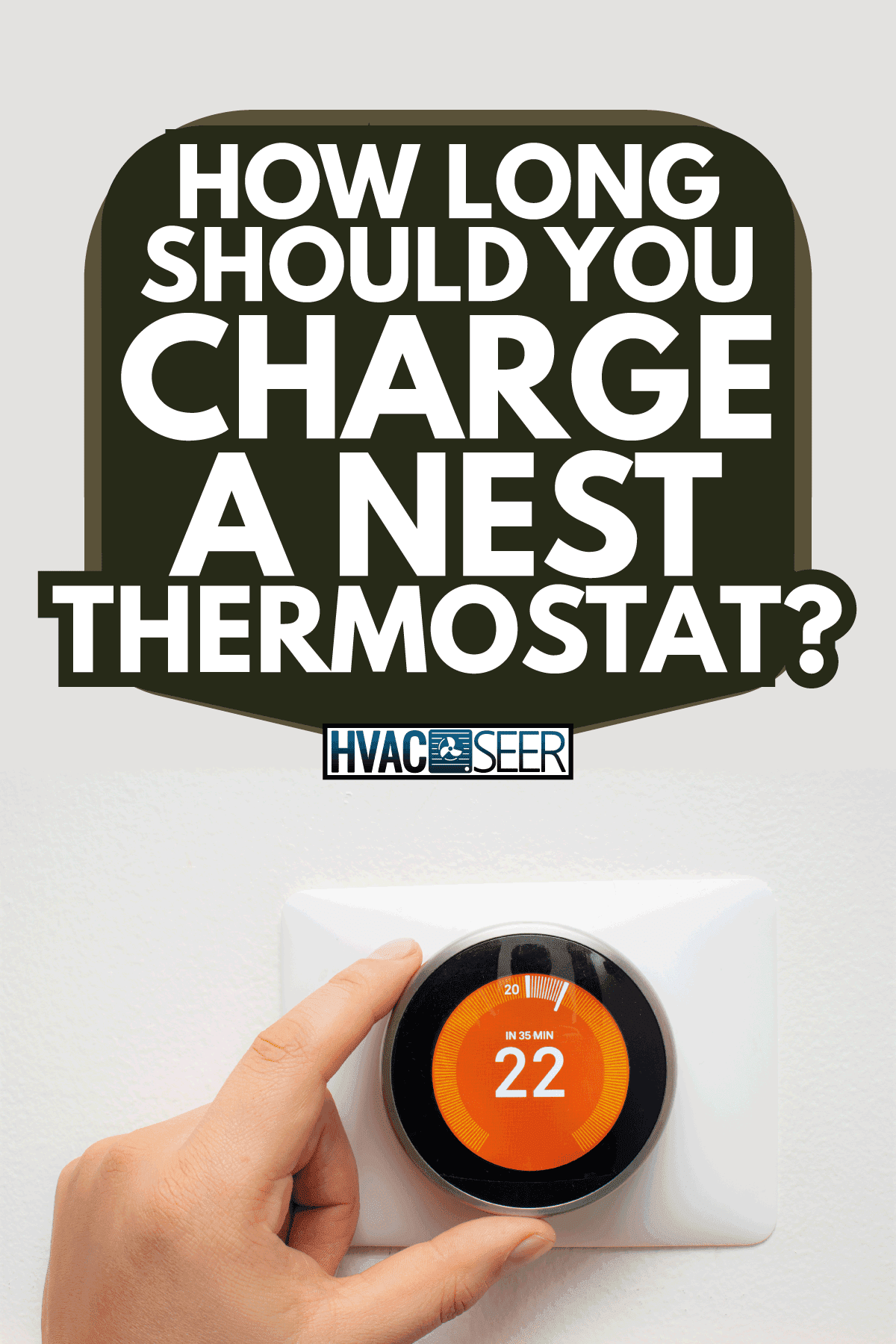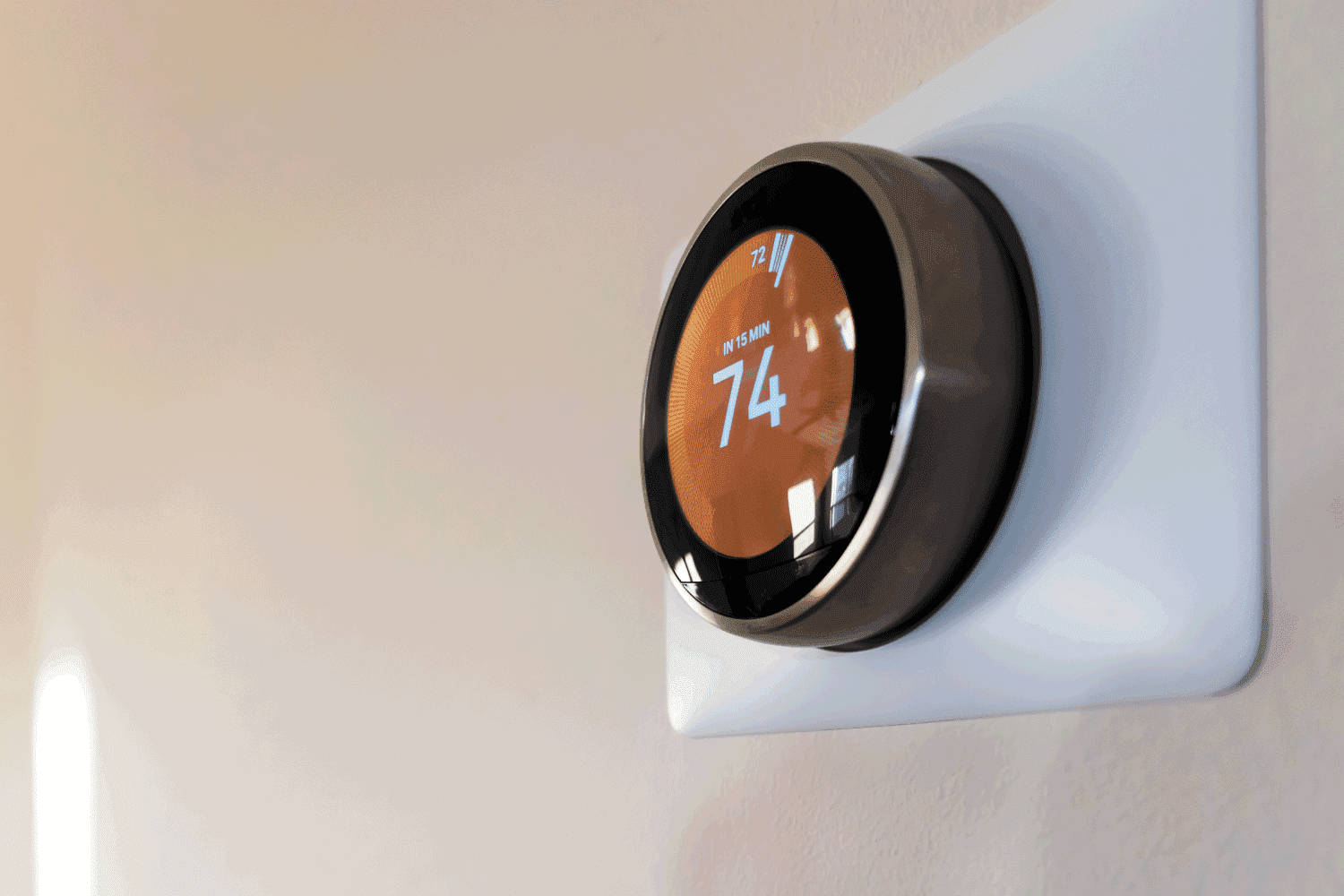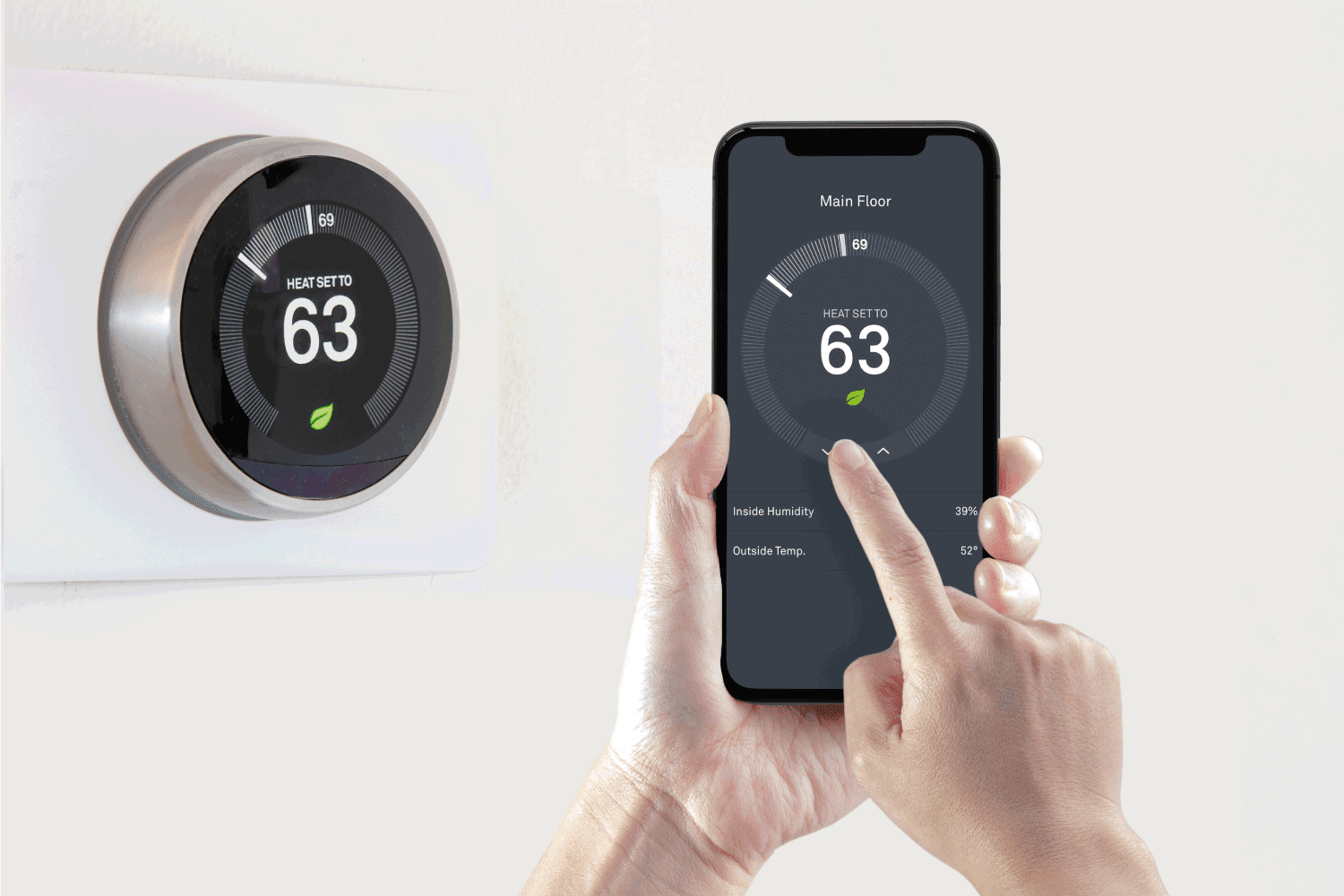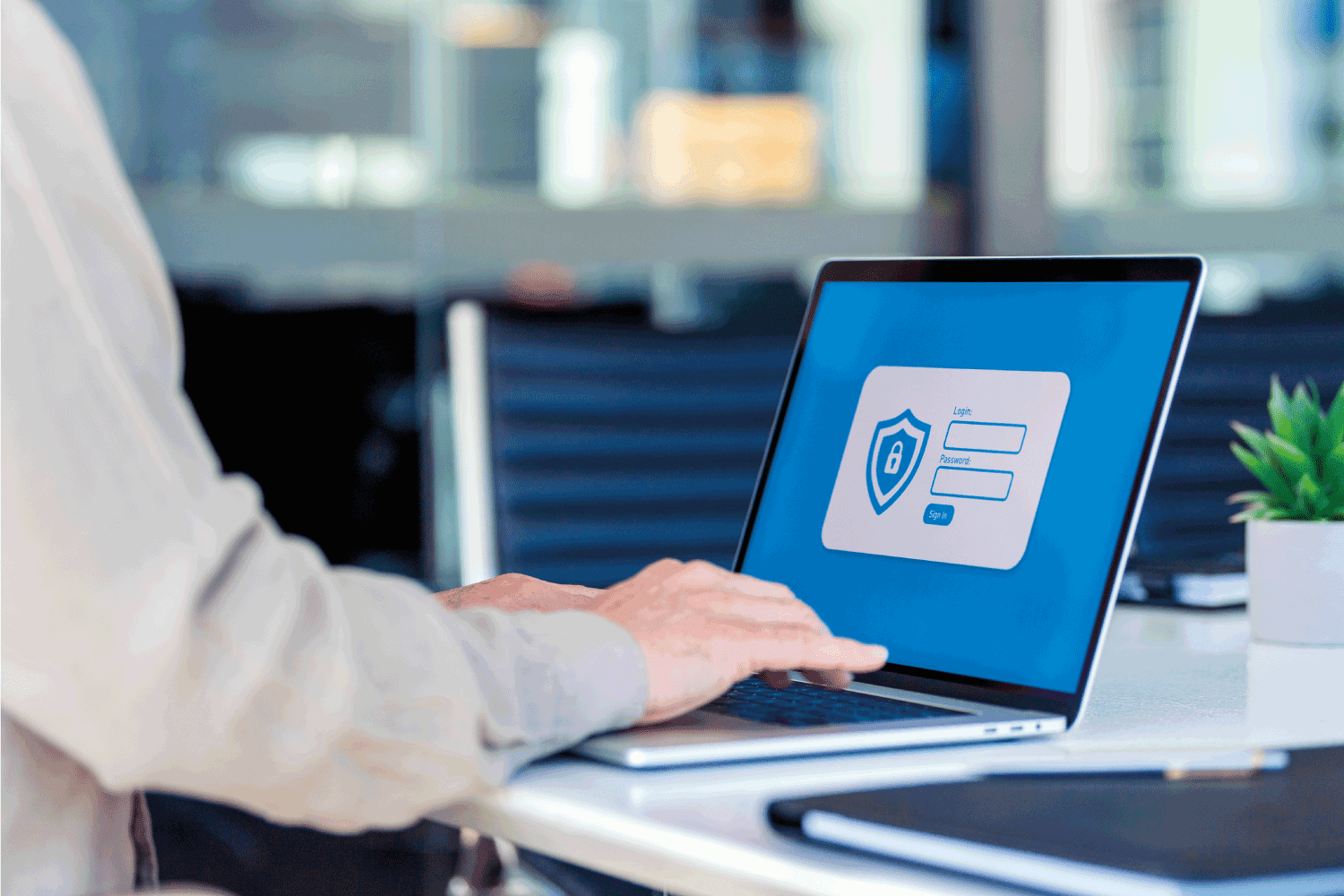The Google Nest Thermostat is a modern innovation, revolutionizing what we know about convenience and style, with a wide range of functions like remote comfort control and management to save energy. With all the convenience, you'd want to always keep it running at full power. So if you're wondering how long to charge the Nest to keep it on, we've found the answer for you.
Charging your Nest Thermostat usually takes only 30 minutes. However, it could take up to two hours to fully recharge if the battery is completely drained. If the battery level gets below 3.6V, it will lose its Wi-Fi connection. Normally, it should charge itself while powered on, but turning it off when you leave the house for days can lower the battery level, making USB charging necessary.
There are a lot of factors about the Google smart thermostat that can affect your home. We have researched about all the things you may be curious about regarding this smart thermostat—all its innovation and benefits—so keep reading to find out more.

How to Charge your Nest thermostat with a USB
- Turn off the power display.
- Remove the thermostat from the wall.
- Plug into a USB port or a compatible adapter -a standard phone charger will do.
- Check if there is a blinking light to confirm that it’s charging. The color may change depending on the battery level.
Which USB is compatible with the Nest Thermostat?
The Nest Thermostat E and the 2nd and 3rd Generation Nest Learning Thermostats are compatible with a Micro-USB port.
The 1st Generation Thermostat, on the other hand, is only compatible with a mini-USB port. If your model does not have a USB port, you will need to replace the AAA alkaline batteries on the base. Read about
Can the Nest Thermostat Continue Functioning in a Power Outage?
The Google smart thermostat has a power back-up from the battery that will keep it running amid a power interruption. However, it is not guaranteed to last long.
Keep in mind as well that any smart function needs internet connectivity to fully function. If the outage is too long, the thermostat will gradually lose power while slowly losing its “smartness.”

How does the Nest Thermostat Save Energy?
After you’ve had the Nest Thermostat for a couple of weeks, it will eventually learn your temperature preferences, habits, and patterns. The thermostat will then start adjusting according to these patterns and start suggesting functions that you frequently use.

Programs Itself To Your Preferences
Many people waste energy since taking the time to manually change the temperature every single time is inconvenient, so the Nest Thermostat stores the information you input during the first few days and programs itself to accommodate these changes.
Automatically turns off when you leave the house
If you constantly leave your home at a particular time, your smart thermostat will start noticing when you turn down the heating or cooling (which you can do through the app or through Google Home and Alexa). It will then program itself to turn off at the moment you step out of the door.
Adjusts according to weather conditions
Your Nest Thermostat also considers the weather outside your home and adjusts itself to an ideal temperature to keep your home comfortable. The program can predict how low the temperature can drop or how high it can spike. So you will not have to wait for a long time before the thermostat catches up to the temperature you want—it has already modified itself before the sudden weather change.

Informs you of the most energy-efficient option
The smart thermostat will constantly suggest the ideal temperature that will save the most energy by flashing a Nest Leaf on the screen. The more frequent this leaf appears, the more you know you’re saving energy. It can also switch to Eco Temperatures when you are away to avoid wasting energy, but be careful in setting this function too high or low if you have a pet or sensitive plants at home. Remember that the goal is still to keep your home in the most ideal temperature condition.

Shows realistic savings estimates
Since it is a smart thermostat, the device can have a precise reading of the general consumption behavior from a particular area and calculate your savings based on that, along with its own energy-saving features. This way, you get a realistic and closely accurate picture of the costs you are saving.
What is the C-Wire in the Nest Thermostat?
The C-wire or common wire is necessary for smart thermostats to have a continuous supply of 24VAC power. It cannot run steadily on its own since modern thermostats have Wi-Fi and a backlit display, needing a common wire to complete the circuit. The Nest Thermostat E will need a c-wire to resolve power issues and prevent battery draining.
Benefits of the Google Nest Thermostat
Convenience through smart adjustments
You will no longer need to preoccupy yourself with constantly adjusting the thermostat yourself, interrupting your rest or your work. The Nest Thermostat is equipped to learn about your climate preferences and to keep the temperature comfortable when you get home from work without wasting energy.

Access to Home Energy Reports
The Nest Thermostat allows you to view your daily energy usage in the Energy History feature, which is then consolidated at the monthly energy reports to help you get a broader view of your consumption. You can use this information to change up some patterns and be more conscious of your energy usage.

Google Home and Alexa Integration
The voice commands allow you to adjust your temperature by simply saying “Hey, Alexa!” or, “Okay, Google!” which makes it easier to achieve maximum comfort without needing to walk to the thermostat or reach for your phone when your hands are literally or figuratively full.
Remote Access
Modify your indoor climate with your phone even when you’re away. If you live somewhere with intense summer seasons, you can turn up the cooling in your home from your car and come into a more refreshing temperature.
This feature is also useful for when you leave your pet at home or if you are on a vacation and need to care for your plants that require particular temperature conditions to thrive.
Potential risks of the Nest Smart Thermostat
Though some may have been satisfied with their Nest Thermostat, some user complaints and reviews revealed that the system may have some quirks that made it difficult to easily blend into their home and lifestyle.
Expensive Cost
The hefty price tag of $250 is one of the things that will make anyone wonder if it’s worth the initial investment, especially since it’s around $100 more than the standard smart thermostats in the market. Though you may be saving more on energy, you’re essentially paying more for something you can get from other smart thermostats for a more affordable cost.
Control Issues
The Nest Thermostat has a three-degree temperature swing, which means that if you set the temperature at 70 on your phone while you’re away, you may come home to a temperature of 73 or 67. It may not be much, but it can bother some people who have high sensitivity to temperature.
Complicated Installation and Wi-Fi Integration
Some users have also complained about the confusing installation process, with many opting to hire technicians to help them make sense of the process. This renders the device to be not too accessible if you are not tech-savvy or if you have no time to learn about electric wires and other engineering quirks.
Connecting to Google Home and Amazon Alexa also does take a bit of time, which can be frustrating for some people. However, some reviews say that the thermostat’s smart capabilities are worth the slight hassle.
Hacking and Privacy Issues
One major concern is a hacker being able to breach the software and control your device remotely. TrapX engineering professors found that they can access the Nest’s Linux OS, attacking the device’s security walls as it loads or boots.
They do this by pressing the power button for 10 seconds, then subsequently plugging a flash drive into the USB port of your thermostat containing custom software that can control the device from the outside.
The 2GB memory and proximity sensors also contain sensitive information about you. It houses your exact location and the timestamps of when you leave and return to your home. Although the Nest Cloud, where all the user data is stored, is relatively secured, the vulnerability lies in the unencrypted OS and Nest Hub—meaning the device itself.
What’s scarier is when a hacker hijacks your Wi-Fi and all your smart devices are connected to it. The attackers can start receiving messages from the Nest Thermostat’s proximity sensors and door locks, making you and your home at high risk of danger.
Protect your Wi-Fi connection against hackers. To take full control of your device, the hacker will need to be physically present to breach it. Unless you let strangers into your home, then you are relatively safe.

How to Protect your device from attackers
- Do not buy second-hand devices
- Change your passwords regularly
- Enable two-factor authentication on your devices
- Lock the thermostat inside a PIN-enabled safe in the wall
Securing your device is always worth the time and additional work. Make sure to keep yourself and your home safe from attackers by being on-guard and alert at all times.
Final Thoughts
Smart devices provide us with a better quality of living, increasing comfort and convenience. These innovations can also counteract environmental problems by getting us to save energy. Learning to save power and to properly charge our devices will make them blend better in our homes.
However, protecting ourselves should be a top priority before any modern conveniences. Make sure to always take the necessary precautions and be attentive to your home’s surroundings.
Do you have other thermostat questions? We can answer them! Check out our related posts:
Do AC Thermostats Have Batteries?
Does Nest Thermostat Work With Evaporative Cooler? [And How To Connect Them]
